Exploring the Enigma of Life: Definitions and Theories
Written on
Chapter 1: The Origins of Life
The Earth came into existence roughly 4.54 billion years ago, with the oceans forming about 4.41 billion years ago, and the emergence of life potentially as early as 4.28 billion years ago. In astronomical and geological timelines, life appeared astonishingly soon—only about 260 million years after the planet's creation. Initially, the Earth was a hostile environment, characterized by molten magma and an atmosphere unfit for life as we understand it. This suggests that life likely began as soon as conditions permitted, implying that it could be a widespread occurrence throughout the cosmos.
In addition to the panspermia hypothesis, which proposes that life was delivered to Earth via meteors or comets, most theories argue that life evolved gradually from non-living matter through increasingly complex processes. However, before we delve into discussions about life's origins, it is essential to establish a clear definition of what constitutes life. This clarity is vital for the search for life beyond Earth, particularly as it may not resemble what we are familiar with. Thus, the question "What is life?" proves to be more complex than it initially appears.

Chapter 2: The Continuity Between Life and Non-Life
To our knowledge, there was no singular event that sparked the onset of life on Earth. Instead, life emerged through a slow and gradual increase in complexity, whether by forming proteins or through more intricate arrangements of organic compounds. For a long time, it was believed that organic substances—those related to living organisms—possessed distinct characteristics that could not be replicated in a laboratory setting, a notion known as vitalism. This idea was challenged in 1828 when chemist Friedrich Wöhler synthesized urea from ammonium cyanate, demonstrating that life's byproducts could be artificially created. Further, the Miller-Urey Experiment of 1952 revealed that amino acids, the fundamental building blocks of life, could spontaneously arise from simpler chemical precursors. This continuity between living and non-living matter complicates the task of defining life, as no single characteristic can distinctly separate the two.
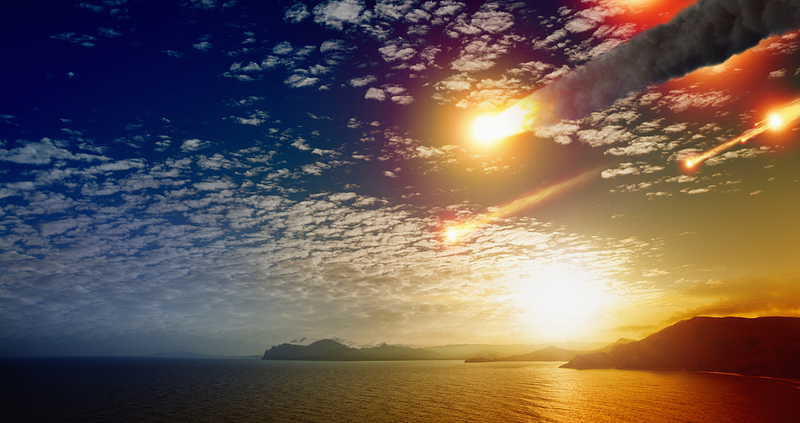
Chapter 3: The Genetic Blueprint
Every organism we classify as alive possesses DNA. This genetic material is so crucial to the cellular structure that it implies a common ancestry for all living things. It’s plausible that DNA-based life forms are prevalent throughout the universe, making DNA a possible criterion for defining life. Yet, the unique biochemistry of Earth raises the question of whether extraterrestrial life could utilize different biochemical frameworks. Moreover, the earliest life forms on Earth may have been starkly different from contemporary organisms, potentially lacking DNA entirely. This raises the possibility that DNA-utilizing life forms outcompeted other variations, establishing a common lineage that we recognize today.

Chapter 4: The Nature of Reproduction
Most forms of life exhibit the ability to divide, replicate, and reproduce. However, certain entities like crystals can also grow and reproduce, yet they are not classified as living. Viruses present an even more ambiguous case; they contain DNA or RNA and can replicate, but only within living host cells. Despite their capacity for reproduction and evolution, scientists typically do not categorize viruses as living organisms.
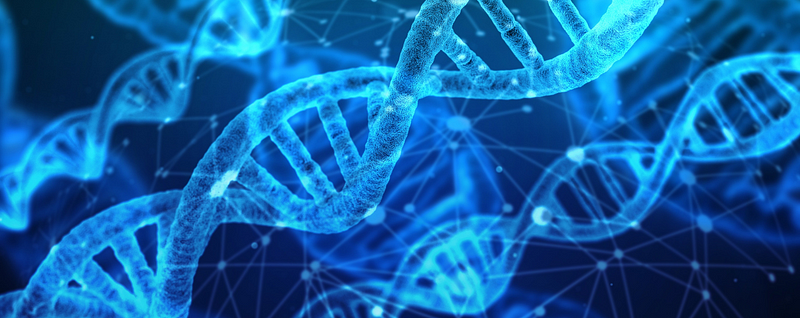
Chapter 5: Metabolic Processes
Metabolism, the process by which organisms utilize and convert energy from their surroundings, is another vital aspect of life. Plants harness sunlight through photosynthesis to create chemical energy, while animals derive energy by consuming plants or other animals. Yet, can the mere ability to metabolize energy be sufficient to define life? For instance, fire consumes wood to release energy but is not considered alive.
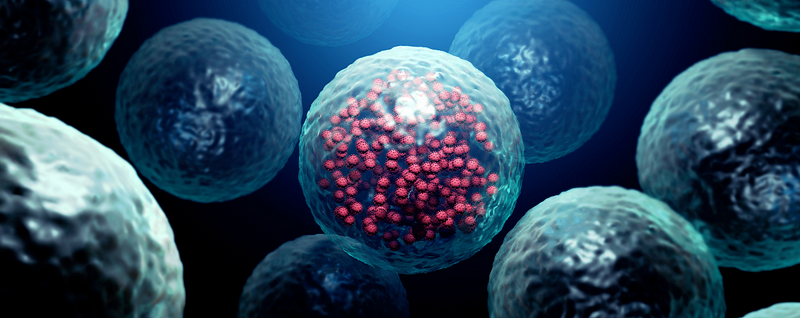
Chapter 6: The Question of Consciousness
Renowned philosopher René Descartes famously stated, "I think, therefore I am," proposing that the act of doubt implies the existence of a conscious mind. But does consciousness exist in all living beings? While we attempt to understand other mammals' perspectives, our comprehension remains limited. Lower life forms, like bacteria, fulfill all criteria for life yet lack brains and nerve cells, suggesting they may not possess consciousness. Philosopher Philip Goff’s panpsychism posits that consciousness could be an inherent property of all matter, broadening the definition of life.

Chapter 7: Adaptation and Evolution
Life has the remarkable capability to adapt to its environment through evolutionary processes. Over time, the average traits of a population may change to enhance energy extraction, thereby improving survival chances. Typically, this adaptation involves increasing complexity, integrating adaptability into most definitions of life.
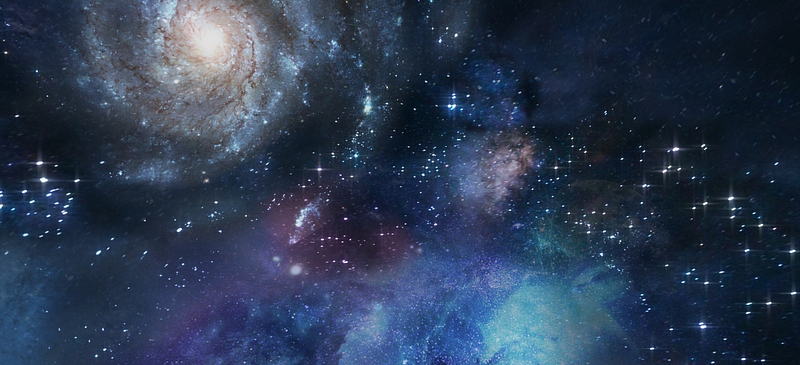
Chapter 8: Human Perspectives on Life
Our definitions of life often reflect personal values. Individuals with religious beliefs may lean towards the idea of a divine creator, while those with spiritual inclinations might favor panpsychism. Even within scientific circles, varying beliefs influence how life and non-life are delineated. For instance, if genetic reproduction is prioritized, genetic mechanisms may emerge as the defining characteristic of life. Conversely, if environmental separation is deemed critical, cell membrane development may take precedence. This tendency to categorize phenomena into dichotomies, such as good and evil, may contribute to our quest to distinguish between the living and the non-living.
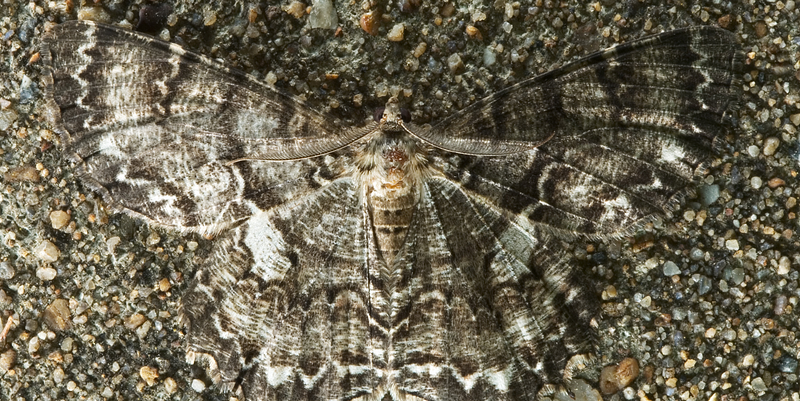
Chapter 9: Towards a Definition of Life
Noam Lahav's book Biogenesis presents 48 different definitions of life proposed over 150 years, highlighting the ongoing debate. A consensus remains elusive, primarily because Earth provides only a singular example of life's emergence. NASA currently defines life as "a self-sustaining chemical system capable of Darwinian evolution," incorporating elements such as heredity, metabolism, and adaptability. This definition excludes computer programs and artificial intelligence, as they do not qualify as chemical systems.

The first video titled "George Harrison - What Is Life" explores the philosophical implications of life and existence, providing a thought-provoking perspective on this enduring question.
The second video, "What Is Life (2014 Remaster)," revisits the fundamental queries about life, further enriching our understanding of this complex topic.
In conclusion, should we discover life on one of the countless exoplanets in our galaxy, it could offer invaluable insights that enhance our understanding of what life truly is, provided we can recognize it when we see it.